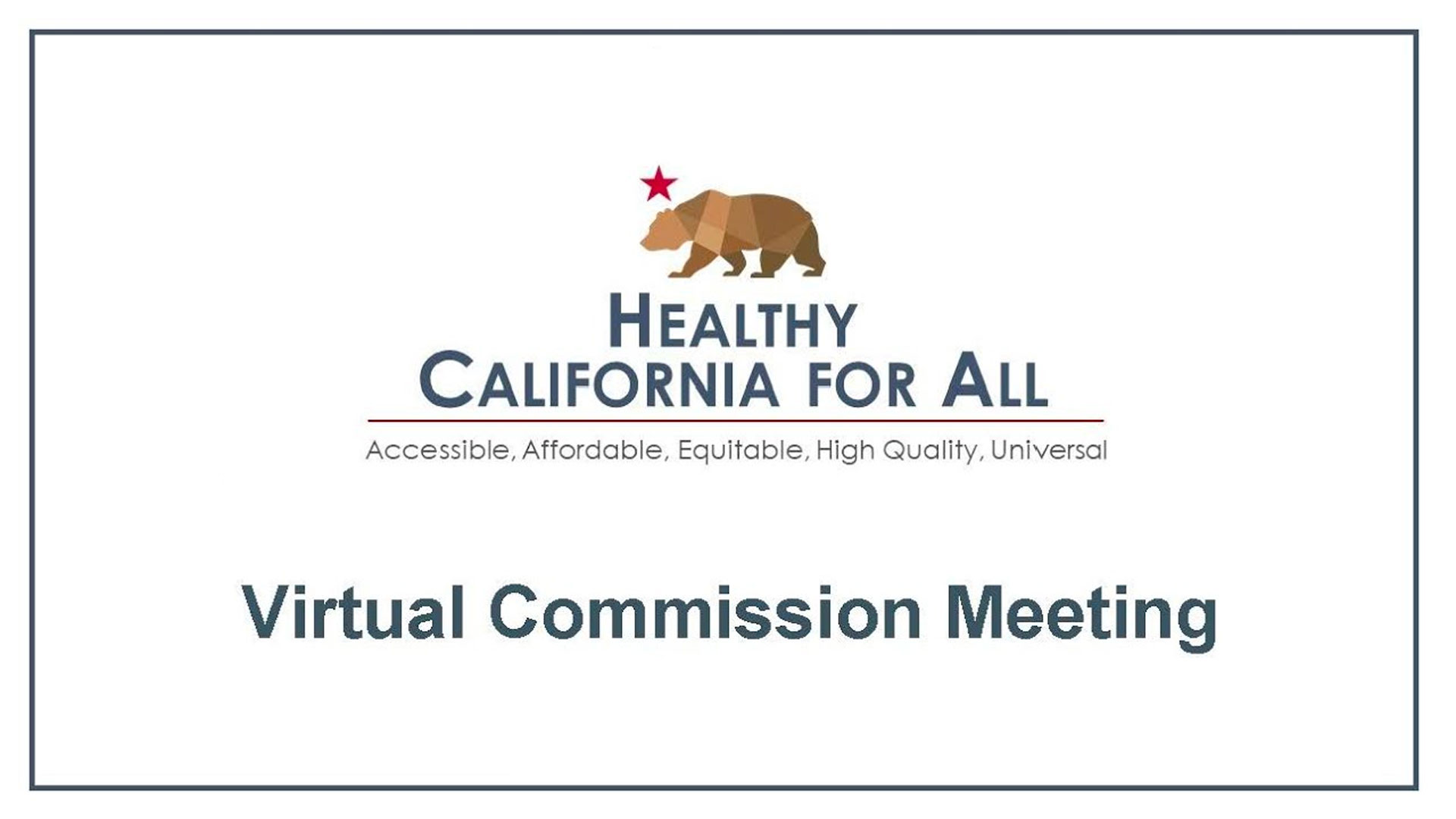The Healthy California for All Commission (HCAC) will discuss options for provider payments during the October 11, 2021 meeting at 8:30 AM.
Below are talking points to help highlight key issues during public comment.
- Provider payments must start from the premise that there can be no incentives to limit access or deny care. The concept that low-income people are used to making healthcare trade-offs – eg that they don’t get whatever anti-biotic they “want” – and therefore trade-offs can continue is offensive and misses the primary problem of restricted access to care.
- COVID vaccination rates illustrate the problem – if someone does not have regular access to a doctor or medical services, urging them to vaccinate may seem like a non-sequitur, with no obvious way to do so.
- Payments to providers cannot be separated from the disproportionate lack of medical services in Black and brown communities, illustrated by the ultra-low Medi-Cal reimbursement payments set by the legislature, which reduces the number of providers accepting Medi-Cal, and thus reduces the number of providers in low-income communities.
- Global budgets, fee for service, per capita payments and salaried providers can be utilized as payment methodologies provided that clear guardrails are established, including guaranteeing a single standard of safe, therapeutic culturally competent care to all without financial or other barriers.
- There is no role for intermediaries that restrict access to care based on financial incentives, or that allocates services based on insurance risk.
- A state-wide global healthcare budget, regional planning for distribution of health services, and publicly controlled and accountable capital budgets, are essential elements to ensure equitable access to services that are cost-effective, and which replace market-based approaches that allocate services based on ability to pay and profitability.
- Peer review is also essential to implementation of any payment system, including global budgets, and can be utilized to ensure appropriate service delivery.
- Global budgets should be a prospective payment system with retrospective, cost-based true-up. We start out paying hospitals exactly what they earn now and use global budgets to control future costs.
- A key element in making this work is a cost accounting system that goes down to the service level (not just to “cost centers,” as Medicare Cost Reports do). Let’s utilize the Office of Affordability and expand its role.
- If we can keep hospital revenue at current levels, through health planning, we can begin to close the divide between hospitals who have coy ponds and waterfalls to public hospitals for example that are cash strapped. Currently the hospital industry is orientated around capital expansion. Once the system separates out capital and research expenses, this changes the incentives toward a focus on service levels instead, which should be the only place for any “surplus” income to go.
- Protecting the wages of healthcare workers must be a foundational principle for payment system reform, just as is providing economic security to displaced workers.

